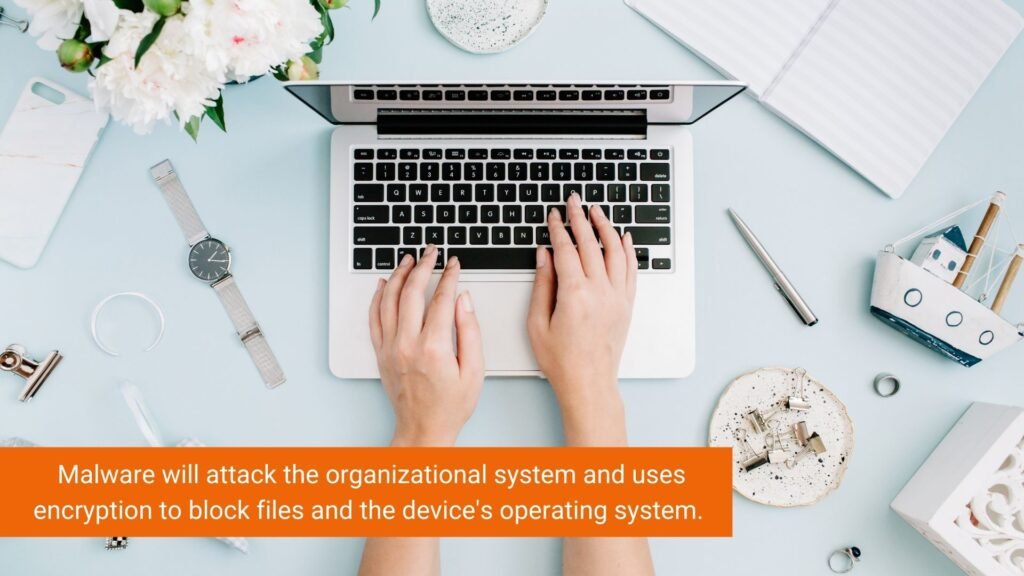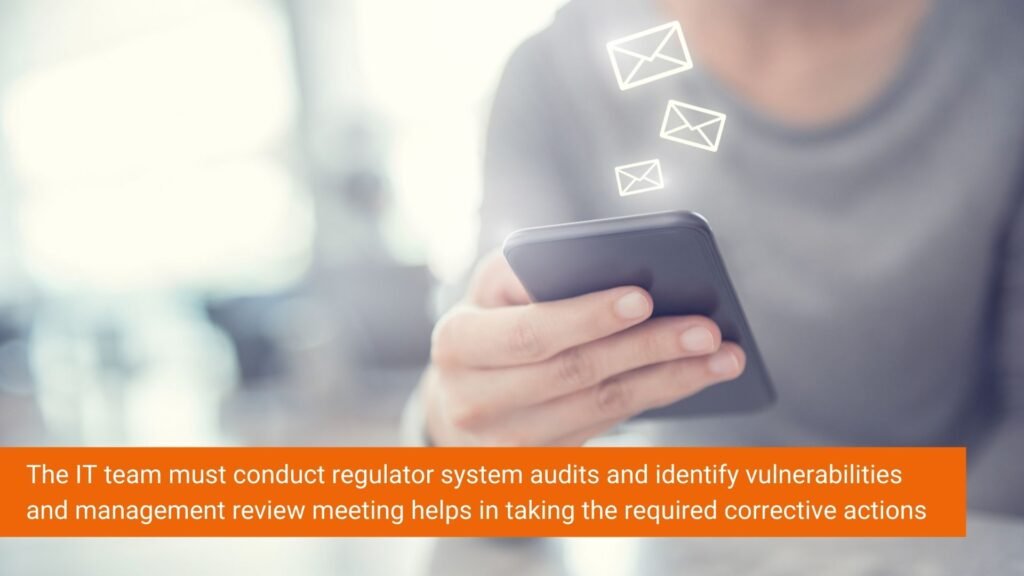Ensuring Cyber Security is a need of the hour for the organization. Most organizations around the world are facing risks of cyber hacking due to the lack of a proper governing mechanism.
One of the easiest way hackers gains valuable information of an organization is via phishing email send to employee email ids. Cyber hackers are updated with new techniques, hack systems, and ways to steal important data from customers and large organizations.
Common Tricks by Hackers Using Email Communication
A few of the common tricks most hackers play on are with malicious links, attachments, fake webpages, masked addresses, etc. Often employees in large organizations fall for these unknowingly.
1. Social Engineering and Spoofing
Social engineering is a kind of Phishing where the hacker tries to gain the trust of the victim and steals data, information, and money.

Available information from public domains connected with an organization will be put into an email format that looks legitimate but is false information. Such a type of hacking is one of the most common in large organizations.
2. Spam
Spam is advertising content that is usually mass broadcasted to email databases across the world. For organizations receiving spam into the junk mail is of no use and loss of time.
Spams are also used to spread malware and other not useful content to the mass public. Hence, it is marked under the cyber-attack category.
3. Phishing and Spear Phishing
Phishing is a threat that uses fraudulent messages to steal money and customer information such as CVV number, bank account, credit cards, and credential details.
Spear Phishing is a specific phishing activity targeted at a company or person. The message send will be from a known person’s masked email ID making the scam more effective and legitimate.
4. Business Email Compromise
It is a type of spear phishing at a higher management level. The hacker impersonates an employee, director, or president of the company and sends email communications.
The goal is to steal money, confidential information, spread malware to the organizational network. The emails will be worded and drafted legitimately tricking the victim for what they read.
5. Malware Attacks
Malware will attack the organizational system and uses encryption to block files and the device’s operating system.

Usually, hackers demand ransom money as cryptocurrencies to restore the files. The hacker gets access to the complete system when the user clicks on any malicious links online or that are received by email.
6. Botnets and DDoS
Botnets are groups of machines or devices connected to the internet that is affected by malware and are controlled by a hacker. They are used in massive spam and phishing campaigns.
How Will ISO 27001:2013 Certification Safeguard Organization?
The ISO 27001:2013 Certification will help in safeguarding the organization from all kinds of IT Security hacks.
The ISO Standard provides a checklist and detailed framework to implement an IT Security System that will ensure the organization follows certain best practices to ensure cybersecurity in the workplace.
1. Employee Awareness about IT Security Best Practices
To ensure the organization is not at any risk of hackers, employee awareness of IT security best practices is a must-have.
A cyber-attack causes huge financial loss for the company and at the same time loss of reputation too. Often the cyber-attack is caused by a small error or absence of knowledge.
Hence, providing proper awareness to all employees and partners working with the organization will help a long way to avoid any instances of data leaks from the organization.
2. Email Security Best Practices
The IT Security System insists on having a robust email security system in place to automatically block spam, malicious links, emails with improper contact details, bad file attachments, etc.
It will help employees to be more vigilant to cybercrimes and maintain a secure workplace.
3. Mitigating Email Security Threats via ISO 27001:2013 Certification
ISO 27001:2013 Certification has clearly stated guidelines and best practices to ensure IT Security in the organization.
The Standard also has a clause that insists on providing employee awareness on safe computing practices to counter the growing email, system-level security threats.

The IT team must conduct regulator system audits and identify vulnerabilities. The management review meeting will have to take the required corrective actions to ensure the organization system is free from any external virus attacks.
Hence, in a nutshell, ISO 27001:2013 Certification plays a vital role in safeguarding and organizations’ cybersecurity and eliminate instances of virus or malicious malware attacks.
To know more about ISO Cyber Security Certification and the implementation process, connect with our expert ISO Consultants right away!
Contact Us: Aurion ISO Consultants



